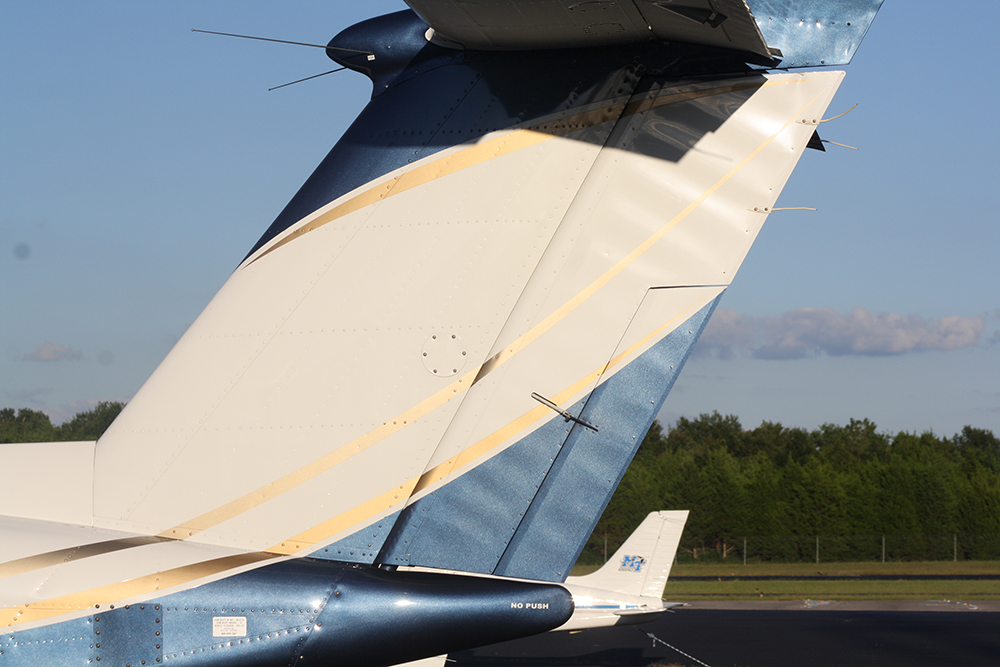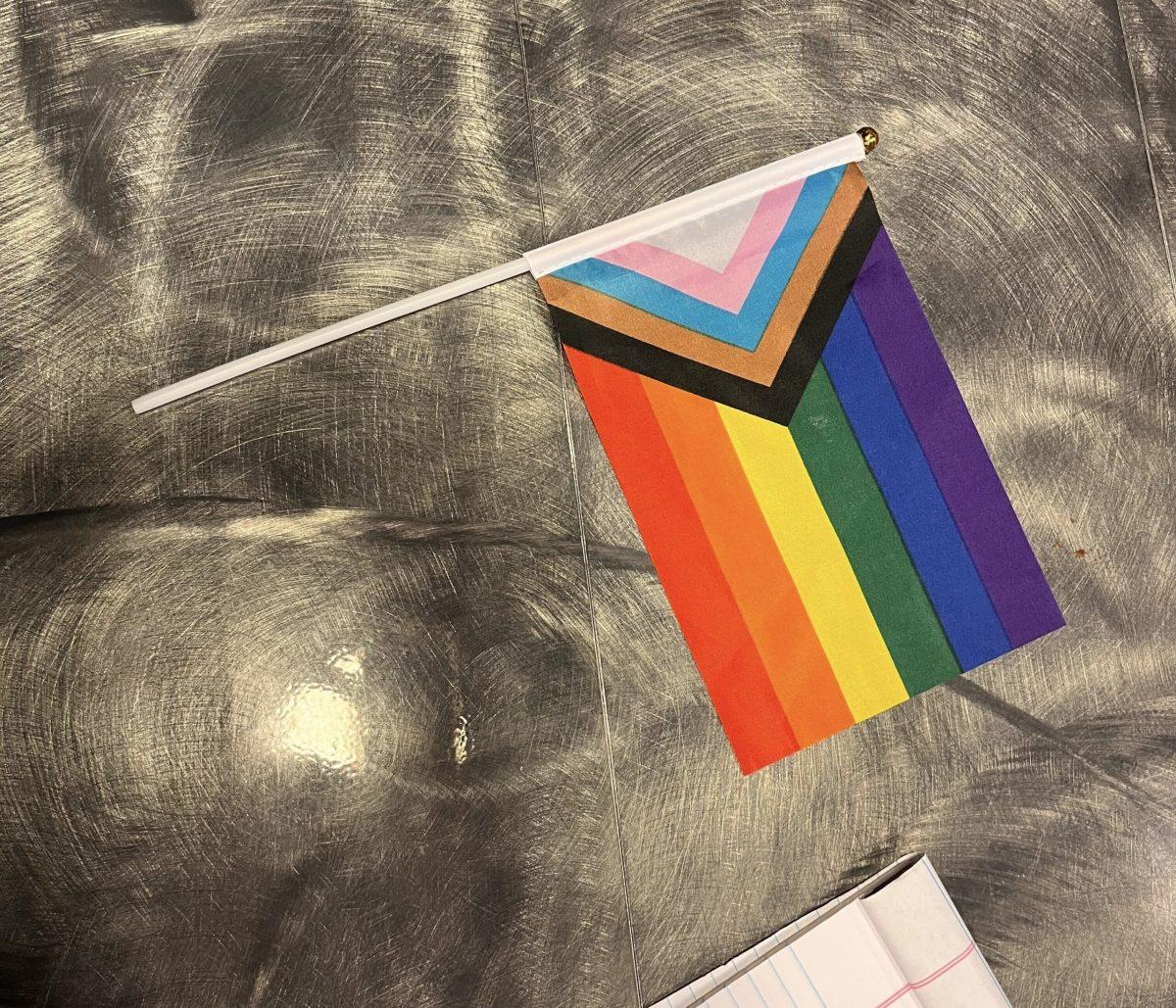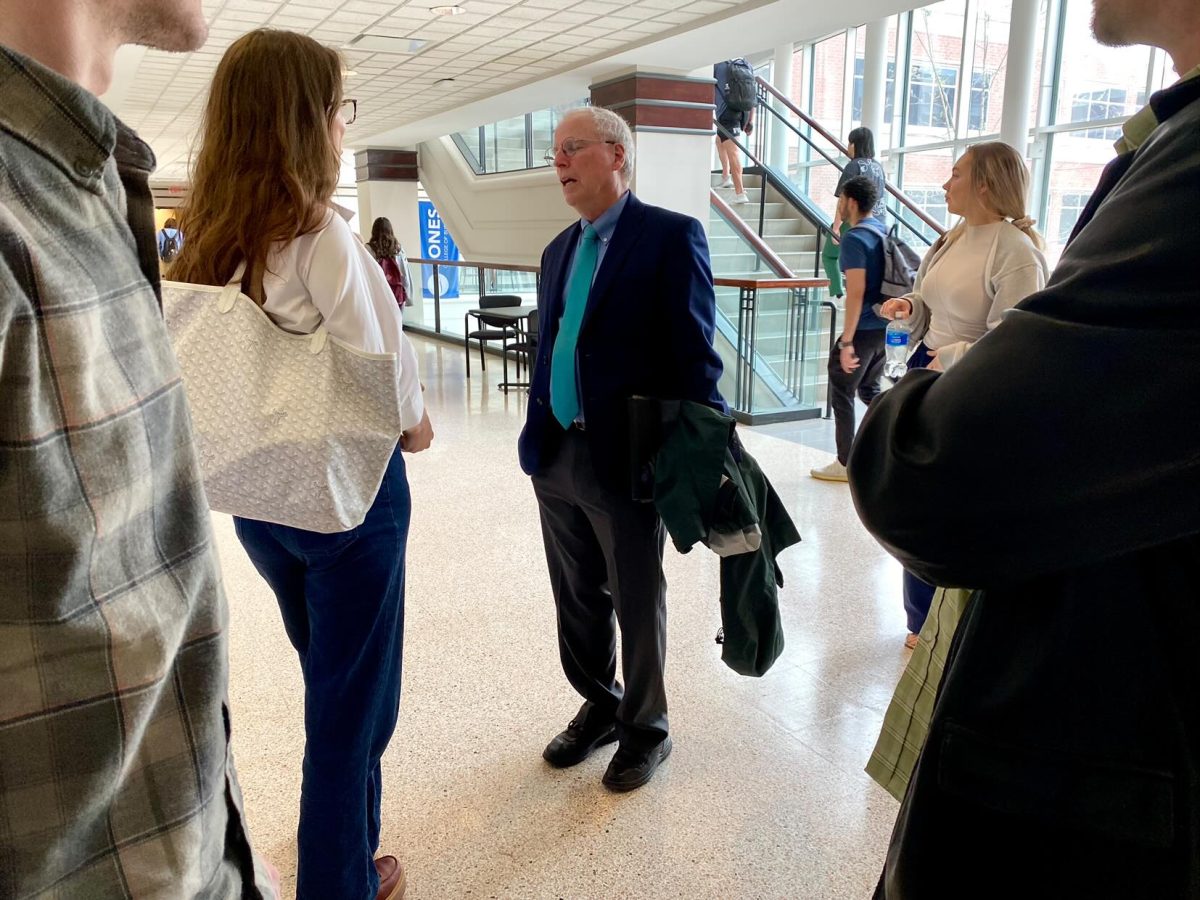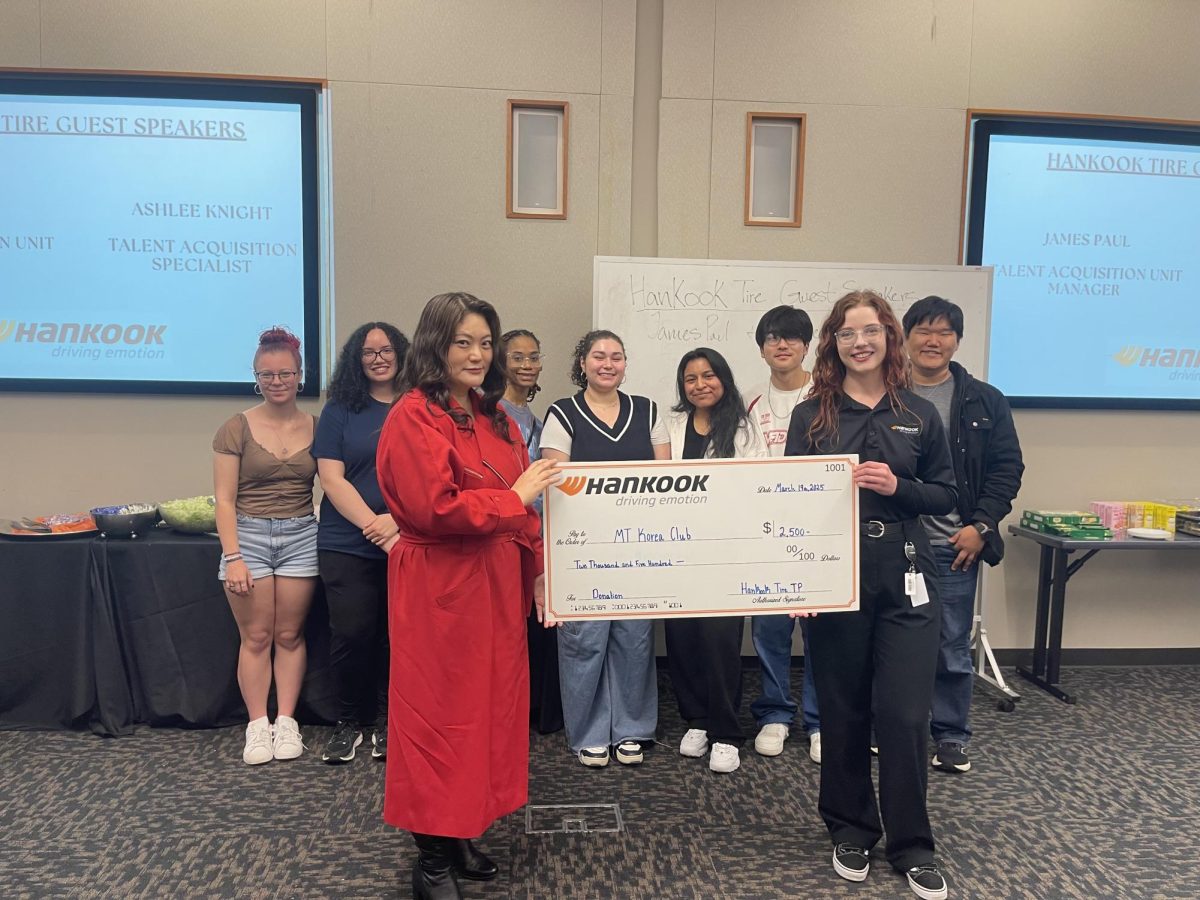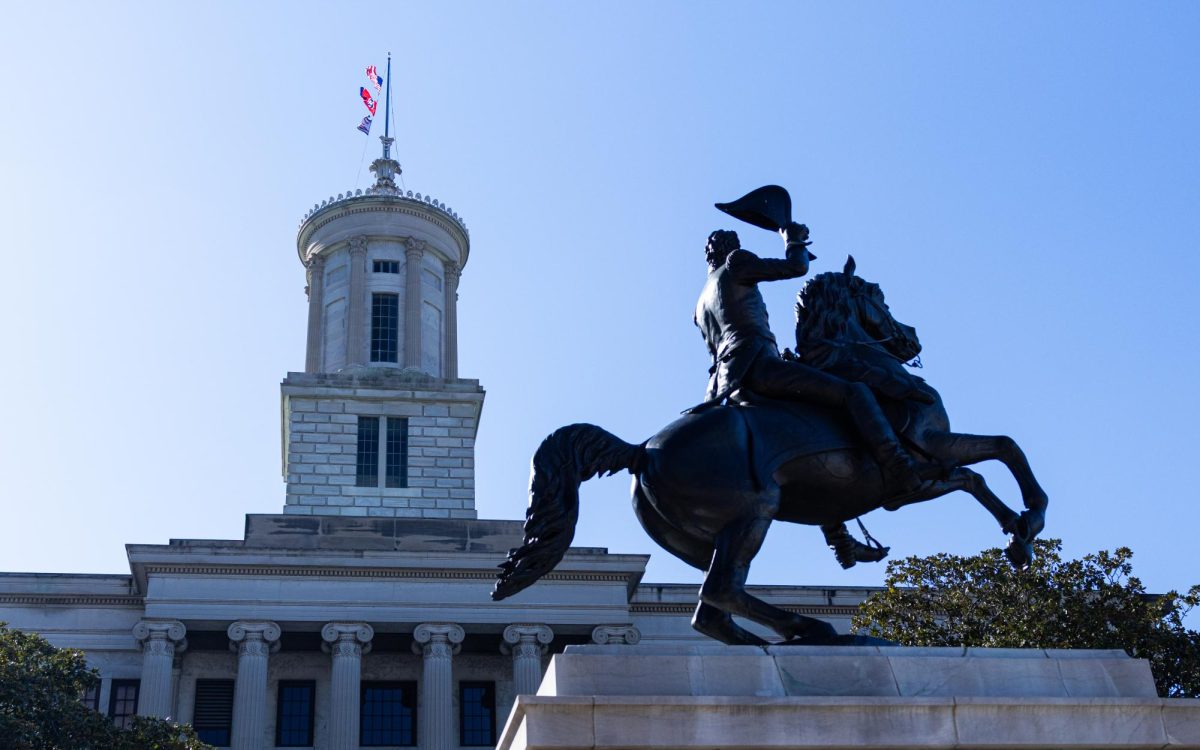By Jonathon Austin and Zach Chadwick
Contributing writers
Flight students across the country are grappling with new federal regulations that strikingly increase the minimum number of flight hours required to earn a license to fly commercial aircraft.
Middle Tennessee State University aerospace students, however, will largely not be affected due to changes in curriculum, according to aerospace department professors.
Last August, the Federal Aviation Administration increased the minimum number of flight hours required for pilots to obtain their Air Transport Rating from 250 to 1500 hours.
The change was sparked by several crashes of small commercial jets between 2011 and 2013.
According to Ronald Ferrara, aerospace department chair, MTSU is a member of the Aviation Accreditation Board International, an agency whose mission is to better aviation education worldwide. The university’s aerospace program is a member of the group. AABI approved a plan that allows MTSU students to only have to earn 1,000 hours instead of the normally required 1,500, Ferrara said.
To take advantage of this deal, students must complete 60 hours of flight related courses.
“We have modified our curriculum,” Ferrara said, “adding a number of electives to where a student could graduate with 60 hours if they so chose. This allows them to get a restricted [Airline Transport Pilot rating] at 1,000 hours rather than 1,500 hours.”
While the 500-hour decrease is significant, it’s still a considerable departure from the original 250-hour requirement. One way for students to obtain these hours quickly is to become involved in the flight instruction program at MTSU, according to Ferrara.
The university breaks their flight instruction program into four phases. Students receive their commercial certificate upon completing the third step of the program, making them eligible for the FAA’s multi-engine rating. After the third phase, students can work as flight instructors, according to Paul Craig, professor of aerospace.
“Generally a flight instructor gets about 250 hours a semester,” said Jesse Hackworth, a sophomore professional pilot major. “I would only have to be an instructor for about three semesters after I graduated, and I plan to be a flight instructor while still in school my senior year. Hopefully I will only be here one semester after I graduate.”
The extra hours of flight time required can be expensive, too, according to Craig.
“Flight training has to be the most expensive degree at MTSU,” Craig said. “Because in addition to what a normal student would pay, the cost can be as much as $50,000 on top of everything else.”
While the life of a commercial pilot may be thought of as glamorous and exciting, starting salaries are about the same as a fast-food restaurant manager, according to a recent Wall Street Journal story.
Co-pilots for regional airlines average only $22,400 a year for the first six years. Co-pilots for major airlines make $55,550 a year, according to The Wall Street Journal.
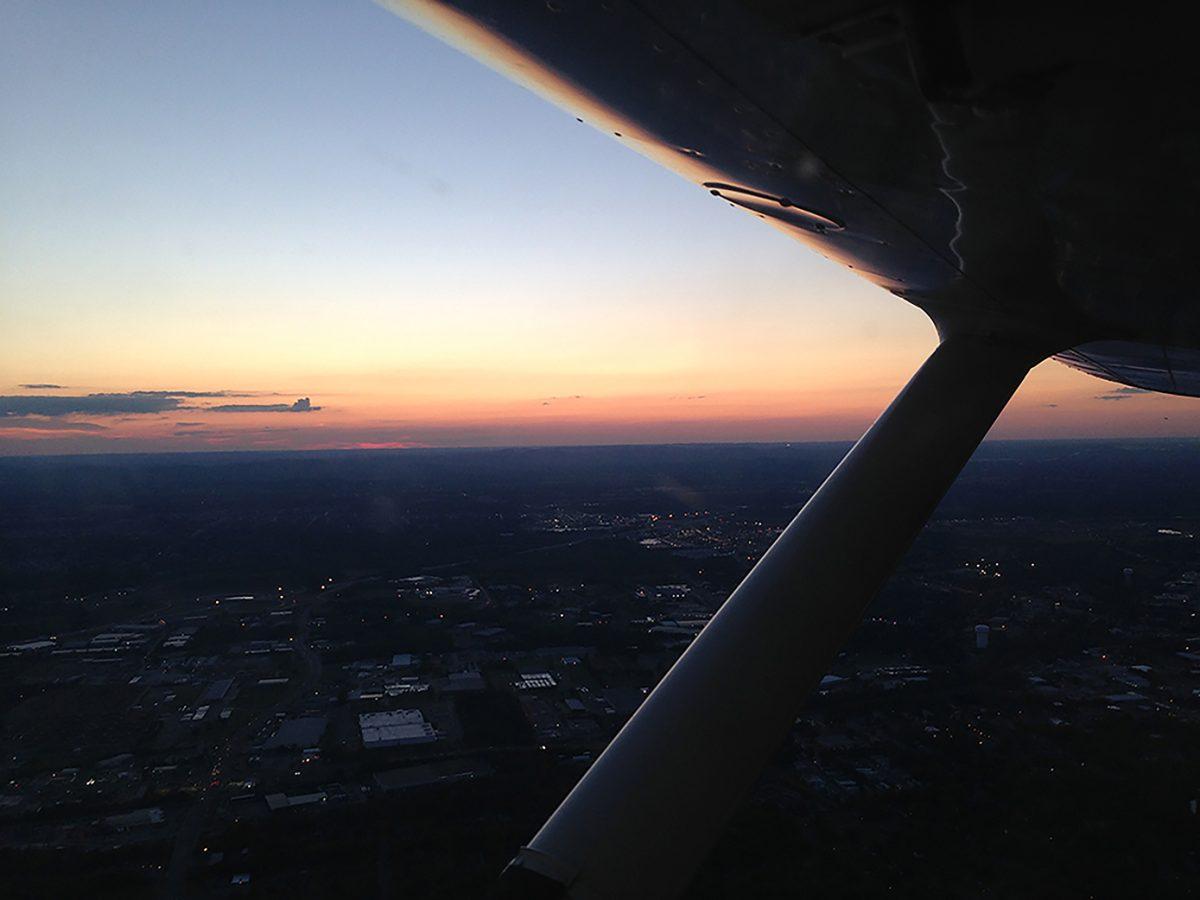
But many aspiring pilots value aspects of the job other than the pay. A common theme among pro-pilot majors is that they want to do something they have a passion for and not become complacent.
“I don’t want to have a job where I sit in an office all day,” Hackworth said. “I want to go out and do things that I love to do.”
Though starting wages are low, pilots can potentially earn around $102,000 a year within five years of becoming a co-pilot for a major airline, according to The Wall Street Journal’s Airline Job Trajectory.
Graduates have also found success flying for international airlines.
“We do encourage a lot of our pilots to think about opportunities overseas in the Middle East and certainly Asia,” Craig said.
Many flight agencies overseas have lower requirements than the U.S., he added, which makes getting an international job much easier for starting pilots.
According to Ferrara, the program has not seen a decrease in pro-pilot majors. Half of all aerospace majors are pro-pilot majors, he said.
To contact the news editor, email news@mtsusidelines.com. Like us on Facebook and follow us on Twitter and Instagram @sidelines_news and @mtsusidelines.


